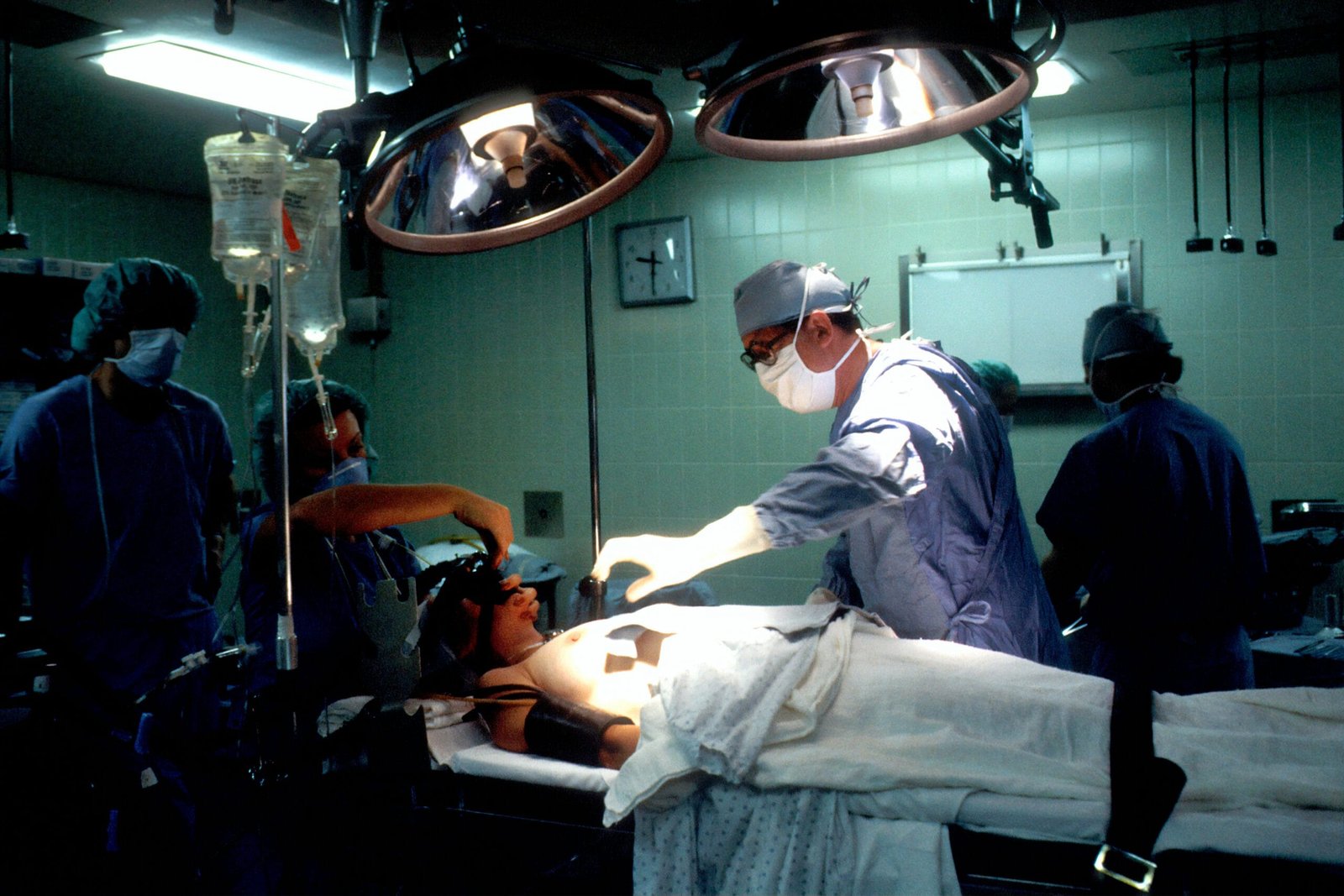
(SRS) Sex Change Surgery in Mumbai
Key Benefits :
- Customized Procedures: Tailored to the individual’s needs, including male-to-female (MTF) and female-to-male (FTM) surgeries.
- Comprehensive Approach: May involve multiple procedures such as chest surgery, genital reconstruction, and facial feminization or masculinization.
- Highly Skilled Surgeons: Performed by experts trained in transgender healthcare for optimal results.
- Safe & Advanced Techniques: Utilizes modern surgical methods for natural and functional outcomes.
- Personalized Recovery Plan: Support for healing and adaptation to the physical changes.
Quick Enquiry
SRS Informative Videos
FAQs (Frequently Asked Questions)
The requirements include:
The patient should be over 18 years of age.
They must have undergone at least a year of hormone therapy and/or antiandrogens.
The patient should have been diagnosed with any of the following disorders: gender dysphoria, gender identity disorder, anxiety/depression related to the problem.
Approval from a qualified psychiatrist or a clinical psychologist is recommended.
MALE-TO-FEMALE SURGERY:
The first step is the inversion of the penile skin and grafting a full thick skin.
The creation of the vaginal canal and opening is carried out under the prostate gland and the urethral opening. The length and depth of the vaginal canal largely depend upon the full-thickness skin graft from the scrotum. Scrotal hair needs to be shaved for the same.
A part of the head of the penis along with the nerves and vessels gets converted into the clitoris. And this helps to maintain the sensation and appearance of the clitoris.
The removal of excess erectile tissue around the urethra is done so as to eliminate the chances of narrowing of the vaginal canal.
The next step involves breast surgery, where there is a considerable enhancement of the patient’s breasts either by using fat from another part of the patient’s body or using breast implants. These implants are completely safe and can be modified to the patient’s needs.
MTF Surgery:
Vaginoplasty: Penile Inversion and Sigmoid Colon
Breast Augmentation
Buttock Augmentation
Body Sculpting
Facial Feminization Surgery:
Hairline Correction
Forehead Recontouring
Brow Lift
Rhinoplasty
Cheek Implants
Lip Lift
Chin Recontouring
Jaw Recontouring
Tracheal Shave
Hair Transplant Surgery
Voice Feminization Surgery
FEMALE-TO-MALE SURGERY:
The first step is the removal of existing female organs – Hysterectomy (removal of the uterus), Vaginectomy (removal of the vagina), and Salpingo-oophorectomy (removal of the fallopian tubes and ovaries). Removing the ovaries stops the production of estrogen and makes the patient’s transition an achievable task.
In the next step, new male organs are constructed which involves surgeries like Scrotoplasty (to create a scrotum) and Phalloplasty (to create a penis).
Male chest reconstruction surgery, similar to gynecomastia, is performed to remove the breast tissues, including the milk ducts, and provide shaping of a male contoured chest.
The main goal of male-to-female surgery is to construct the cosmetically acceptable and functional penis. Urethral reconstruction is one of the biggest challenges for surgeons.
After the procedure, you will be prescribed medication to get rid of any pain or discomfort. Though in most of the cases the pain is mild and eventually subsides in a few hours. The surgeons will guide you about, how to take care of your new genital organs. The stitches made during the surgery will be removed after 5-7 days. And the patient will be discharged after that. It’s important for the patient to avoid any strenuous activity at the initial stage, including sexual indulgence, which may complicate the surgery.
FTM Surgery:
FTM Top Surgery: Double Incision, Peri-Areolar, Keyhole and Inverted-T
Hysterectomy: Total laparoscopic, lap-assisted and abdominal
Metoidioplasty: Simple Release, Ring Meta and Full Metoidioplasty
Mons Resection
Scrotoplasty & Testicular Implants
Body Sculpting
Facial Masculinization Surgery
Hair Transplant Surgery
Evolve Blogs

Top Insights on Breast Implant Surgery in Mumbai

Breast Implant Surgery in Mumbai







